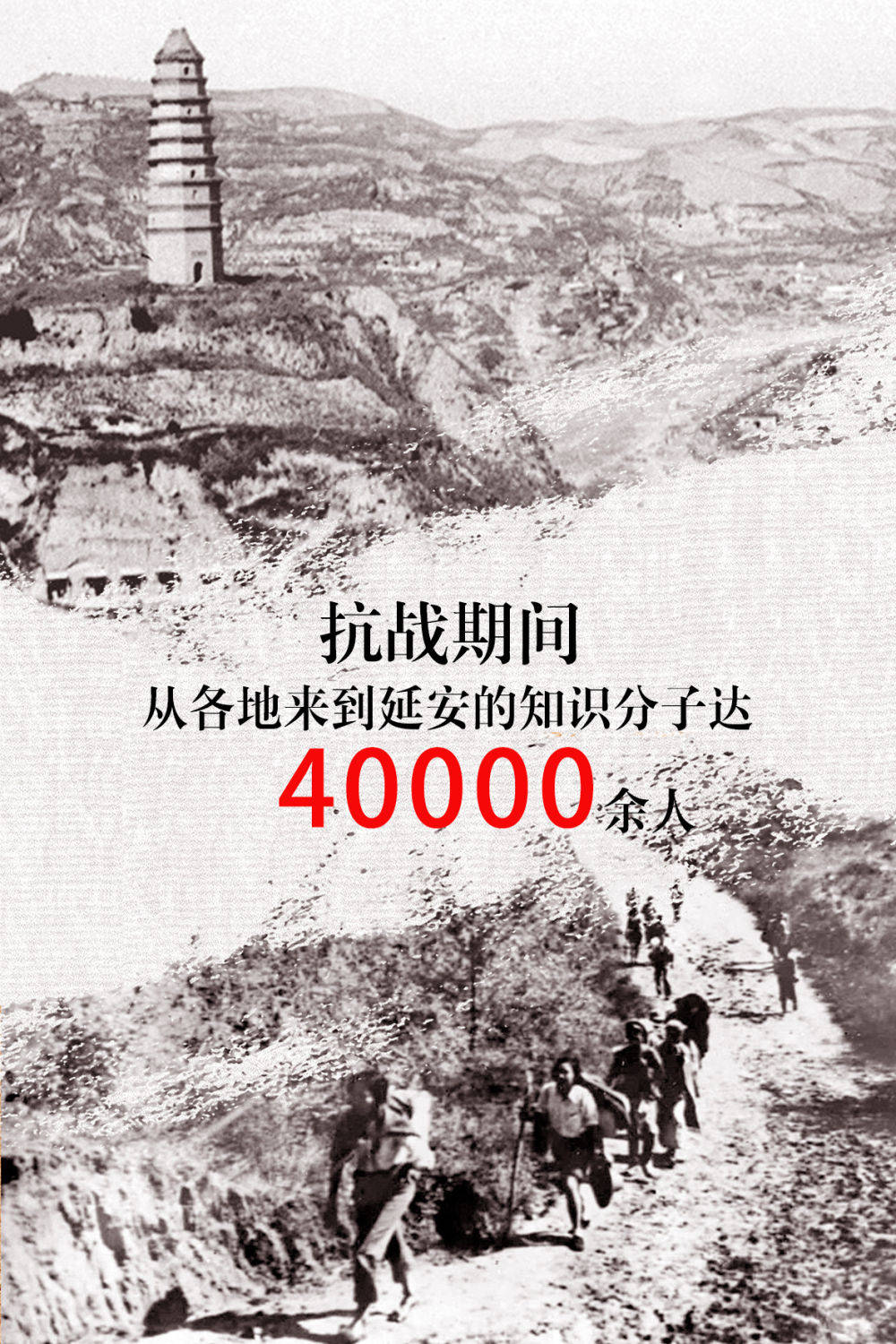Xinhua All Media+|This set of big data tells you how popular Yan’an was back then|More than 40,000 intellectuals went to Yan’an! This is the “City of Light” during the Anti-Japanese War
Original title: Xinhua Media+|This set of big data tells you how popular Yan’an was back then|More than 40,000 intellectuals went to Yan’an! This is the “City of Light” during the Anti-Japanese War Source: Xinhua News Agency
In the Yan’an Revolutionary Memorial Hall, a group of old photographs of revolutionary youths arriving in Yan’an silently told the hardships of that period of the journey: after trekking through the mountains and rivers, although ragged and unkempt, their expressions are determined to be satisfied.
The story behind the photo is moving-
After the fall of Shanghai in November 1937, a group of patriotic youths arrived in Yan’an on foot for more than 10,000 miles in the name of a national salvation group for 13 months;
Kong Mai, a 19-year-old patriotic overseas Chinese, quietly left his parents and returned to China to fight against Japan with a few friends. He asked someone to take his photo to his parents in Indonesia. The back of the photo read: “Mom, dedicate me to the motherland!”
After the Anti-Japanese War entered a strategic stalemate, the Kuomintang launched an anti-communist upsurge. In the second half of 1938, in order to stop patriotic youths, the KMT set up 7 checkpoints along the 400-kilometer road from Xi’an to Yan’an. Some youths who were intercepted were even sent to concentration camps to be imprisoned and killed.
There are thorns and thorns, and every step is a test of ideals and beliefs and even life and death. But even if the danger is all around, it can’t stop the advancement of people with lofty ideals.
“Break the bones and connect the tendons, and the skin and flesh have a heart. As long as you have a breath, you must climb to Yan’an City.” The words that circulated back then fully expressed the unparalleled fighting spirit of the patriotic youth.
At that time, as a small city in northwest China, why did Yan’an have such a huge attraction?
Photographer Wu Yinxian once replied: “Everyone here looks very happy and simple, and the relationship between people is so harmonious. I saw Chairman Mao Zedong, Commander-in-Chief Zhu De and others appearing on the streets of Yan’an in coarse cloth uniforms, and Soldiers, fellow villagers chatting about homework… I was deeply moved. I feel that I have entered another world. This is the ideal I have always dreamed of.”
“Yan’an has an atmosphere of freedom, equality, and democracy that contrasts sharply with the Kuomintang-ruled areas and the occupied areas. Although materials are scarce and the conditions are difficult, it does not prevent it from becoming a warm, bright and vigorous holy place.” said Li Ruifang, a professor at Yan’an Executive Academy of China. .
More than 40,000 young intellectuals with a belief in serving the country gathered on the banks of the Yanhe River and at the foot of the Pagoda Mountain. Some of them went directly to the Party, government, military and civilian agencies in the Shaanxi-Gansu-Ningxia Border Region, and some went to the cadre school and rearranged them. Historical data show that graduates of Yan’an Cadre School roughly have four destinations: behind enemy lines, border areas, rear areas, and overseas.
Zhang Jianru, the former curator of the Yan’an Revolutionary Memorial Hall, said that young intellectuals received the baptism of Marxism in the holy land of Yan’an. Some went to the anti-Japanese front line to fight the enemy bravely, and some used pens as guns to create countless inspiring literary and artistic works. They have ideals in their hearts, shine in different positions, and have established immortal feats for the victory of the whole nation in the war of resistance.
Text reporter: Chen Chen and Zhang Bin
Video reporter: Chen Changqi, Li Hua, Wu Hongbo
Poster production: Zhang Bowen

You must log in to post a comment.